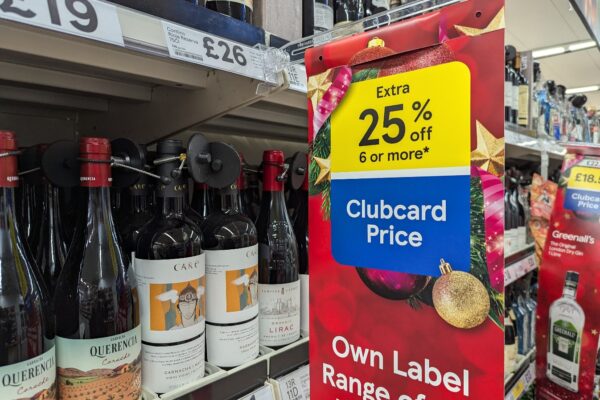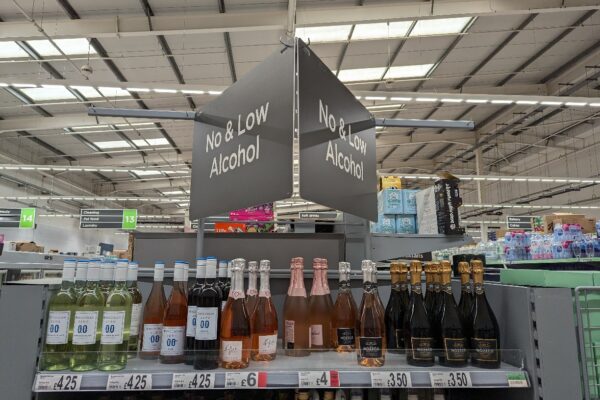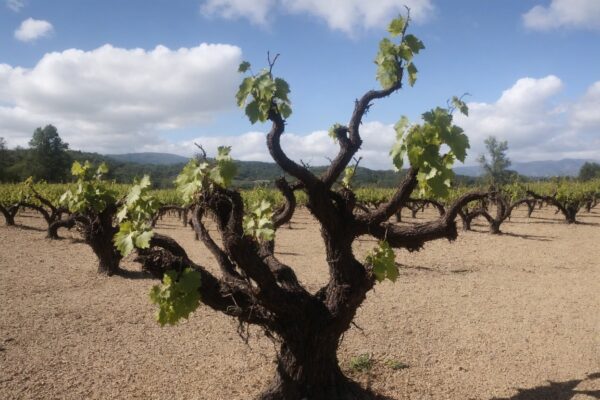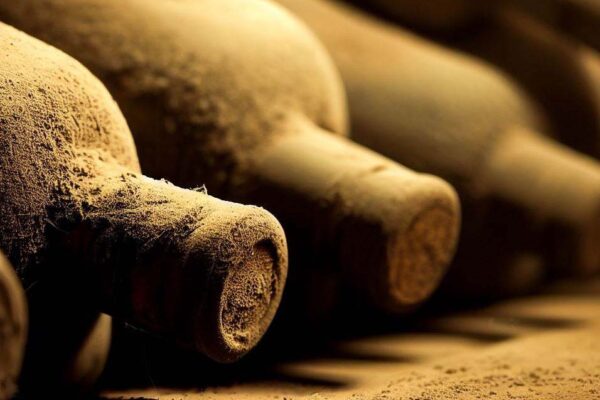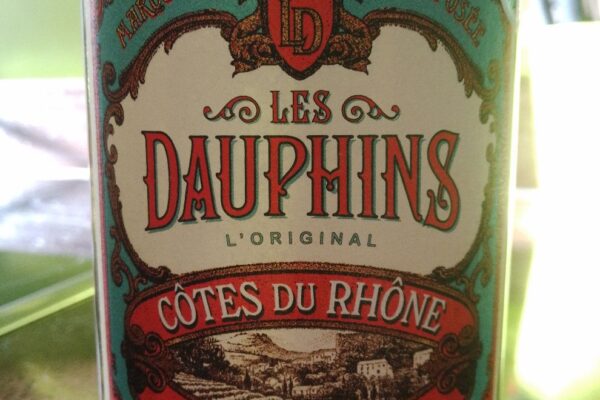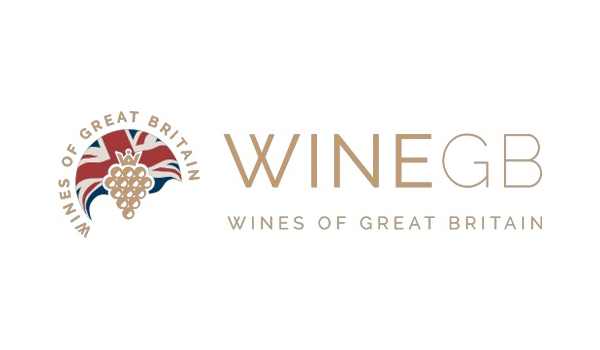
The UK wine production industry has seen a remarkable surge in recent years, and at the forefront of this burgeoning sector is Wines of Great Britain Limited, commonly known as WineGB. Established on 1st September 2017, WineGB emerged from the merger of two key industry bodies: the United Kingdom Vineyards Association (UKVA) and English Wine Producers (EWP).
WineGB serves as the industry body for wine growers and producers across Great Britain. Its mission is multifaceted, aiming to advance the interests of its members and establish the country as one of the world’s premier quality wine regions. By providing a unified voice, WineGB is better equipped to negotiate with governmental bodies, secure funding for research and development and promote British wines both domestically and internationally.
One of the organisation’s key objectives is to provide education and training opportunities for its members. This includes workshops, seminars and courses designed to improve viticulture and winemaking skills thereby elevating the quality of British wines.
WineGB plays a crucial role in liaising with government bodies to advocate for favourable policies and regulations. This includes everything from land use and taxation to import-export relations, ensuring that the industry’s needs are adequately represented.
Another significant focus is on trade development. WineGB actively promotes British wines through trade shows and marketing campaigns. This helps to expand the market reach of British wines, both nationally and globally.
WineGB has introduced the Sustainable Wines of Great Britain Scheme. This initiative aims to bring authority, assurance and credibility to the industry’s environmental practices, encouraging sustainable viticulture and winemaking. WineGB is committed to investing in research and development to drive innovation in the industry. This includes studies on grape varieties, climate impact, and production techniques, among other areas.
The organisation also provides valuable industry statistics and insights, helping members to make informed decisions. This data is crucial for understanding market trends, consumer preferences and the overall health of the industry.
While WineGB primarily serves growers and producers, it also offers resources that are accessible to consumers. The organisation’s website features a wealth of information, including directories for tracking down wines, producers and visitor information.
Read about the 2023 tasting.





